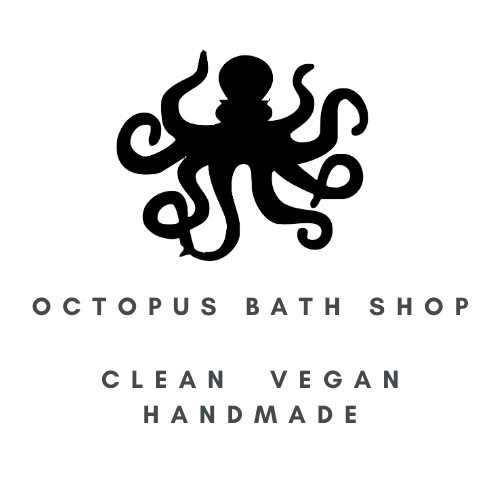How is soap made?
Posted by Felicia Merritt on Jan 16th 2024
My soap is old-fashioned lye soap, which people have been making for hundreds of years. Did you know that there are different kinds of lye? Stay tuned for my next blog post to learn about the different kinds of lye.
This article is only a summary of the soap making process and is not intended to be a comprehensive guide. For more information, Lovin Soap lovinsoap.com and the Handmade Soap and Cosmetics Guild (HSCG), hscg.org, are both excellent resources.
The quick summary is, lye is combined with fats, and the saponification reaction happens, which yields soap. As long as you use an appropriate amount of lye, it all gets used up in the saponification reaction, and none remains afterward. To ensure that you are producing a safe product, make sure that your lye amount is in the correct proportion to your fats. An online lye calculator such as lyecalc.com can give you the correct amount. (Different fats require different amounts of lye).
The other safety consideration is safety while making your soap. Always wear safety goggles when handling lye or soap batter which isn’t fully saponified. Lye is highly caustic and can cause blindness if it gets in your eyes. It can also give you chemical burns on your skin. Best practice is to also wear chemical-proof gloves, long sleeves, long pants and closed-toed shoes. Also soap in a well-ventilated area away from children and pets.
To make soap, first prepare your lye solution and your fats. Lye is usually sold in powder or pellet form. To make your lye solution, put water into a lye-safe container, add lye, and stir until it is dissolved. Always add lye to water, never the other way around. Mix your fats together and melt any that are not liquid. Add your lye solution to your fats. For cold process soap, mix until you reach trace and pour into your molds. For hot process, cook until soap batter reaches a mashed potatoes or vaseline consistency and put in molds. A few weeks later, your handmade soap will be ready to use.
